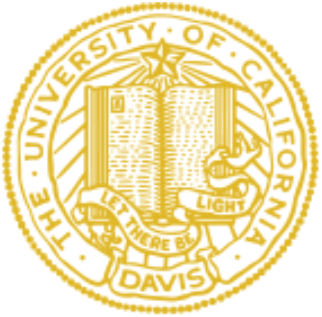Fact and Friction: A Case Study in the Fight Against False News
There is growing recognition within the technology industry of the power of friction to promote important human values and address online harms. Leading technology platforms have begun to slow down communications to give time and space for user thought and deliberation to try to help solve seemingly intractable problems that have emerged from their frictionless designs. Legal scholars have begun to study these uses of friction as a promising self-regulatory and regulatory approach. This Article contributes a new foundation stone to that emerging literature.
Some platforms have injected friction into their social media and messaging services to try to limit the spread of false news. To this end, WhatsApp tags some messages as “frequently forwarded” and places limits on how those messages can be shared. The stakes are high, as the past several years have seen a rise in the prevalence of false news spread via WhatsApp, contributing to election disruptions, mob violence, and even deaths.
WhatsApp’s approach has been widely hailed and held out as a best practice by policymakers, journalists, and academics alike, yet it has never been the subject of an extensive technical or policy analysis until now. This Article reports the results of analysis conducted by a team of legal and technical scholars. While we confirmed many of WhatsApp’s claims about its mechanisms, we were also able to find many ways to circumvent their celebrated restrictions.
Today’s self-regulatory attempts to introduce friction-in-design can serve as a blueprint for tomorrow’s regulatory mandates. From the insights generated by our technical analysis we draw lessons for policymakers considering new laws mandating WhatsApp-style friction into social media and messaging services and other forms of friction-in-design regulation.

